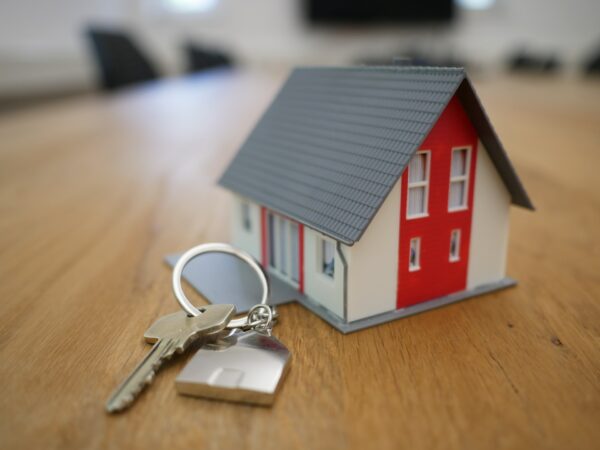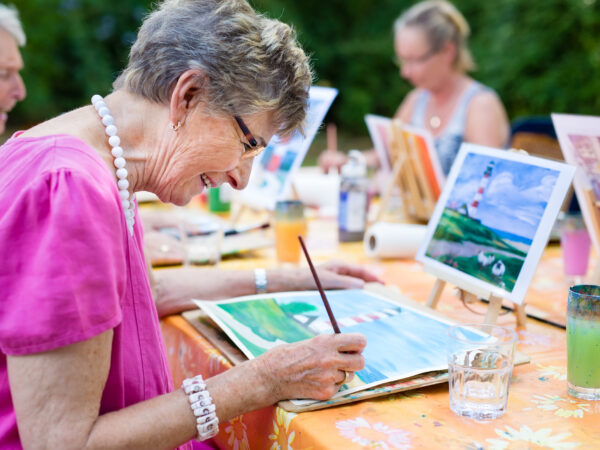“I can hardly wait to live in an institution,” said nobody ever. Dr. Bill Thomas and Steve McAlilly agreed and, in 2003, co-founded an alternative, The Green House Project, that sees residents living in 10 – 12 person homes, each with their own private room and private bathroom, sharing in meal preparation, eating communally in rooms that recall home dining rooms, participating in activities of their own choosing and attended to by staff who wear street clothes. Dr. Thomas strongly objects to what he calls “the medicalization of old age” that sees impersonal and highly structured life for aging seniors which, he feels, leads to an accelerated decline.
Dr. Thomas had previously co-founded The Eden Alternative, a philosophy with 10 guiding principles that views senior care as a collaborative partnership. With homes located in several countries, including Canada, the principals have been applied to traditional long term care facilities with great and continued success. Dr. Thomas was, however, still finding himself discouraged by corridors, nursing stations and other barriers in existing buildings and sought to develop purpose built homes. With the help of The Robert Wood Johnson Foundation the dream became a reality.
With over 1,800 residents currently living in 179 homes on 33 campuses and over 150 homes in development in the U.S., the concept has been called a “revolution” by the Wall Street Journal and “the most comprehensive effort to reinvent the nursing home” by the New York Times. There are Green Homes for typical aging seniors as well as some developed for special needs including Veterans, short term rehab, ALS and MS allowing specific staff specialties to be concentrated. Direct care staff are given over 200 hours of education to become manager of a household while leadership and clinical support team members are taught a coaching style of leadership. Jobs are defined broadly, allowing staff to focus on individual needs and preferences rather than the more traditional silo job style that sees individuals unable to step outside of a limited array of tasks.
Given the demographic projections that show an increase in our aging population for some years to come before levelling off and eventually declining, the concept of smaller, self-contained homes permits a faster shift to allow adaptation to changing market conditions. In many jurisdictions, school buildings are being put up for sale as the decline in births has led to fewer students and redundant buildings. The risk of useless buildings is similar for those building seniors residences. Aging in place has become the buzzword to describe both the desire and the need for our aging seniors to remain in their own homes as long as possible before entering long-term care. The Green House Project is providing an alternative for seniors in the U.S. and there is interest in bringing the concept to other countries. A recent Pioneer Network conference was attended by a group from Saskatchewan interested in building several homes in that province.
What makes a house a home is changing as our aging population increases in number and seeks to change the status quo to suit more current thinking.






Add Your Voice
0 Comments
Join the Discussion